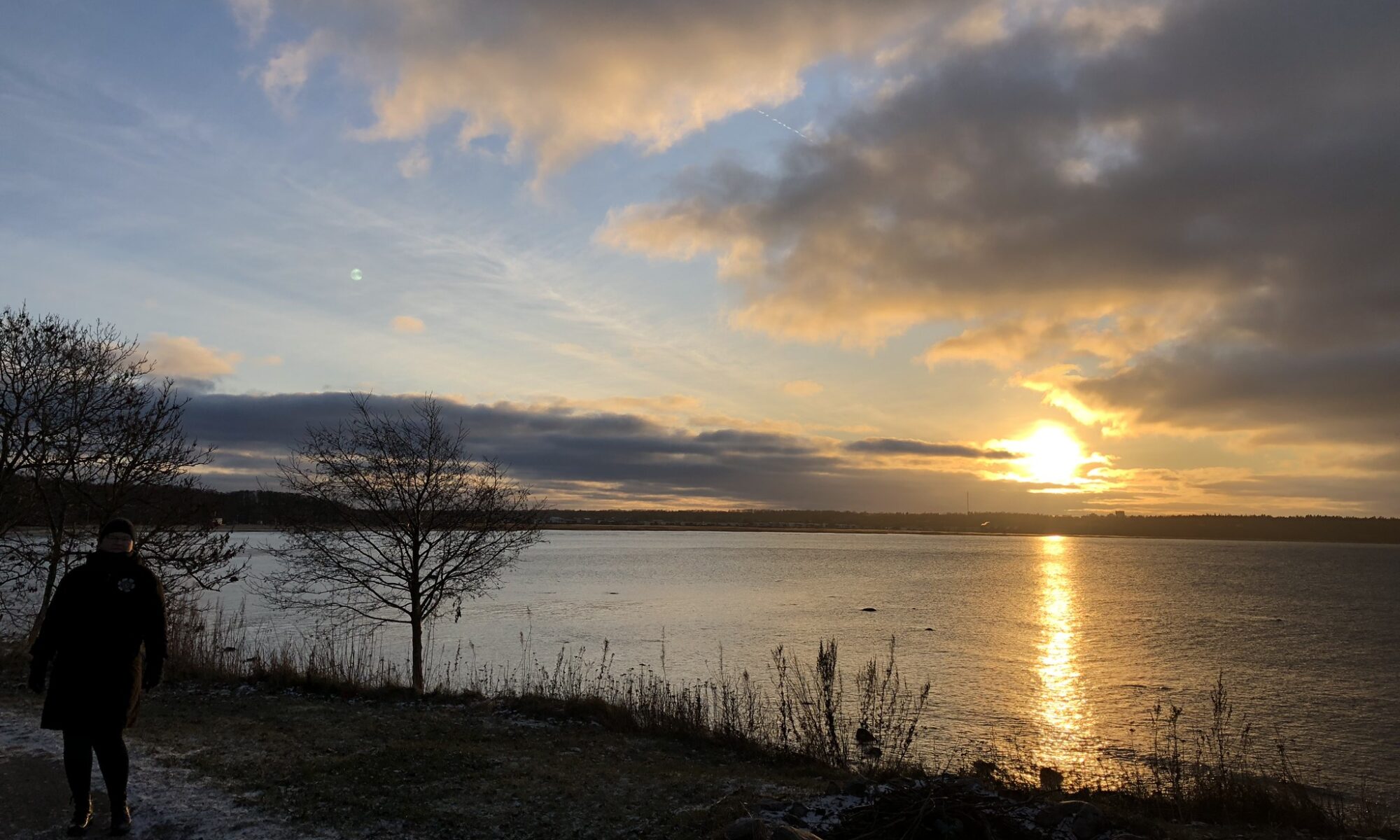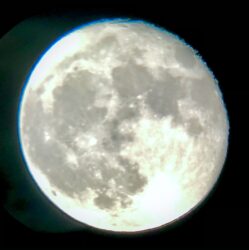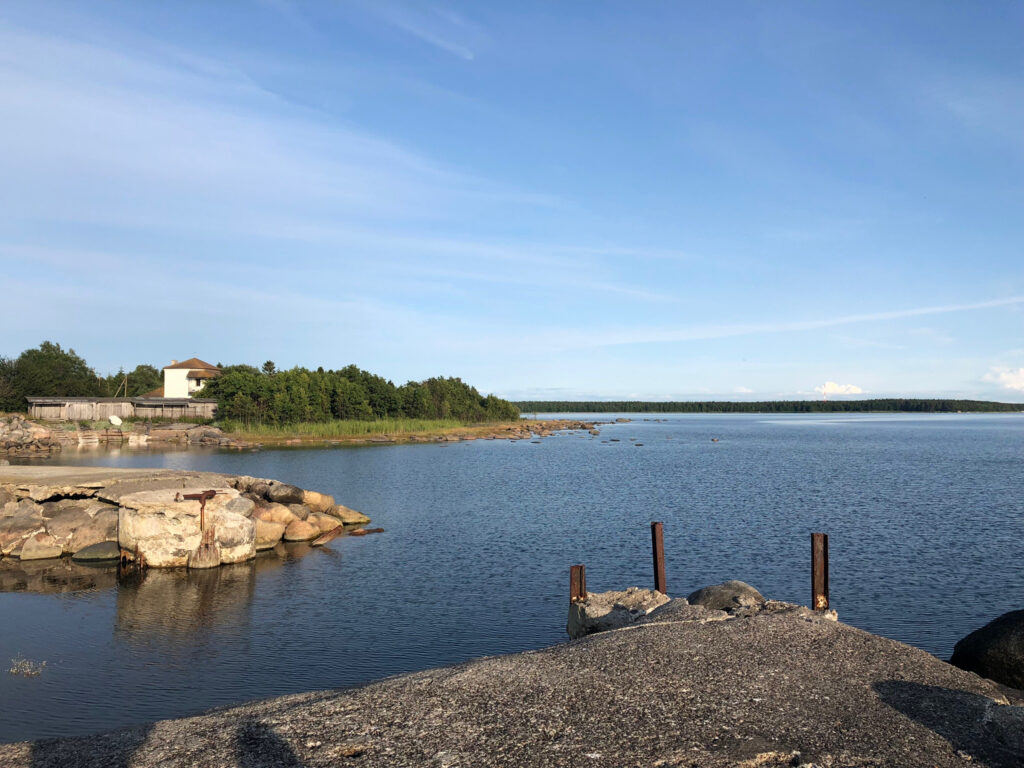It has been over a year since I last posted to this page. For obvious reasons my priorities have been elsewhere, but hardly a day goes by without me experiencing the fallout from what is the worst global crisis certainly in my lifetime.
This is not a day by day account of the last 15 months but rather picking some key moments and the emotions at that time.
In the early spring of 2020 we started getting news that there was an outbreak of a new infection originating in the province of Wuhan in China.
At first we all looked on with mild curiosity, but that quickly turned to concern as it reached Europe and in particular Italy where we saw horrific numbers coming out each day and a lockdown in the northern provinces.
Still countries seemed slow to realise the potential impact of this quick spreading virus perhaps in the belief/hope that it was just like the flu and would burn itself out ‘before it reached us’. Borders were kept open and international travel carried on as normal.
But the background to the response at first seemed to me to be one looking at how the world was during the last big pandemics without acknowledging that international travel was now as common place as hopping on a bus.
Still we did very little and watched on as Italy felt the full force of this powerful outbreak.
In the early summer the virus reached Estonia via the island of Saremaa where a sports team from Italy had been taking part in a tournament and it appears the virus came with them. The island cuddly exploded with cases and restrictions on travel to and from were immediately introduced. Could we stem the flow of cases before the mainland was affected? Sadly not. Cases began to appear in and around Tallinn and spread quickly to the rest of the country. The government had to act.
Estonia was largely unaffected by the first wave in the spring of 2020 but the government of the day took the decision that we did not want to suffer the same impact as the rest of Europe and restrictions were introduced, and icy the end of May the country was effectively locked down, yet our rates of infection were a fraction the rest of Europe who seemed slower in shutting down. Had we over reacted?
The one thing which Estonians are used to after 70 years of oppression from the former Soviet Union is doing what you are told when the government speaks, and so when the restrictions were introduced the vast majority of the population complied. So we would keep our heads down and wait it out.
To the casual observer this was like something out of an apocalypse movie. A whole country locked down, empty streets, closed shops, no air or sea travel. The air seemed cleaner, the rivers clearer. Nature was taking a breath again
In the early summer there was a partial easing of restrictions and to our relief it did not seem to cause a problem. Our numbers were still low and by August less than 100 people has sadly died.
It should be borne in mind that we are a small country with limited resources, so when the second wave started to hit in September there much concern that the medical response would soon be unable to cope. Non-essential treatments were postponed and hospitals quickly turned into COVID centres. The staff and doctors were now beginning to feel the pinch.
Still general restrictions remained in place. The 2+2 rule, masks, personal hygiene were all being followed but still the numbers rose. This can be explained partially by the social demographics in Estonia. Much of the population lives in or around Tallinn, and a large percentage of that population lives in areas comprised of large apartment complexes. Several generations of families live together and social distancing is almost impossible. Soikes in infection rates were seen in these areas but there was nothing that could be done once the virus took hold. All we could do is try our best to contain the spread until a vaccine was found, or people could develop an natural immunity.
Over the winter period it got even worse, as the one pleasure often available to Estonians was to get outside into the fresh air was severly restricted.
The new year brought a new government and maybe some optimism that they would see a solution their in-fitting predecessors had missed. The only problem was the government had its hands tied to some extent by the levels the virus had reached, the medical facilities at breaking point, and the increasingly apparent ‘lockdown fatigue’. All they could do is carry on the control policies as before.
In the Spring, the vaccines arrived. Was this our salvation? Sadly not at the start, as the organisation to arrange the delivery of the vaccinations to the people and places where it was need most was non-existent. To their credit the government took ownership of this fiasco and quickly reorganised delivery. This is in contrast to some other countries (who shall remain nameless) where figures were manipulated for political ends rather than taking responsibility .
Yours truly completed the vaccination process in April, and it was an interesting feeling. Whilst I knew that I could still carry the virus, the feeling that I was less of a risk, and less at risk, gave some reassurance.
Some will choose not to be vaccinated, and that is their choice, but I cannot help feeling that that is borne more out of either ignorance of the consequences, or a conscious push back against the Man to show how they don’t need it.
We are now into the summer and the lockdown is easing further still. The masks that have become almost a uniform will no longer be compulsory, people can get together in sensible situations. The roads are busy again, planes fly overhead, and people are out and about.
It has been over year since we have seen our families all together and the need to see them, be with them, hug them is at times overwhelming. We have hope that soon we will be able to travel and be with them again.
‘When will we get back to normal?’ was the mantra heard not just in Estonia, but around the world. The fact is the world will not, and indeed cannot be the same as before. New variants will keep appearing, there will be media hysteria and governments will panic and act sometimes irrationally but that is to be expected and no one should be surprised.
If more politicians had been more concerned about the welfare of their citizens and listened to the doctors and scientists rather than their business interests and opinion polls maybe it would not have got so bad, but money is a powerful influencer so I am not sure it will be change anything.
Sound bytes, graphs, and leaks have become the political norm and it is worrying to think that many will not be held accountable for decisions which have in most probability cost tens of thousands of lives.
We have to understand that in a way Mother Earth unleashed this pandemic on us (whether man-made or not) to give us a right kick up the backside and remind us that we live on a fragile planet and to have any hope of surviving as a species we need to find a “New Normal’ that does not threaten our existence.
June 2021


